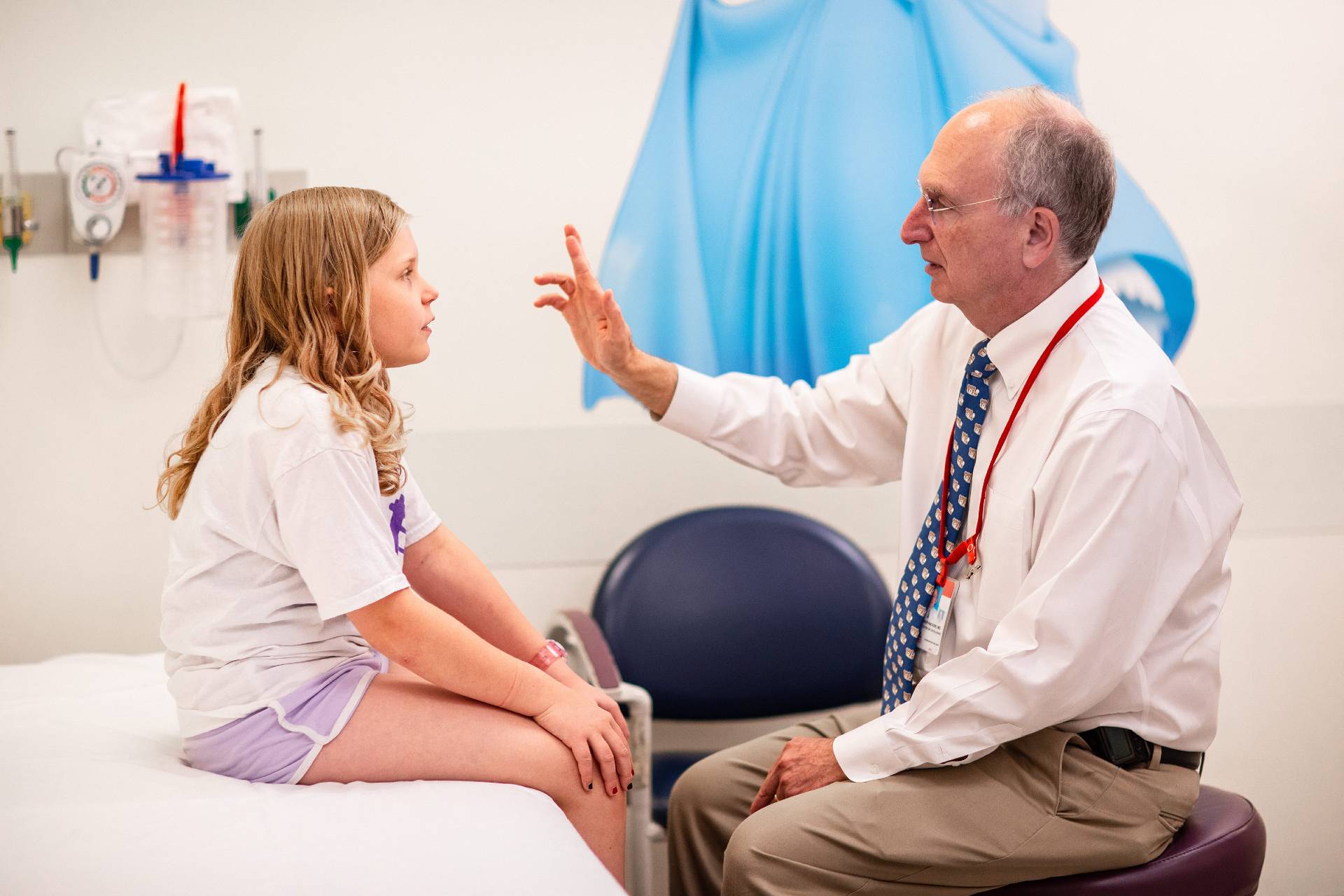Condition
Pediatric Plexiform Neurofibromas
Key points about pediatric plexiform neurofibromas:
- Plexiform neurofibromas are a common complication of neurofibromatosis.
- Diagnosed through physical examinations. However, the full extent of the lesion is best seen by MRI scans.
- Approximately 75% of patients who undergo a complete removal of the tumor — without causing significant neurologic impairment or dysfunction — are cured.
Children's National Hospital is a member of the Department of Defense Neurofibromatosis Clinical Trials Consortium — of which Roger Packer, M.D. acts as group chair. Children's National completed a trial evaluating a new biologic agent, Pirfenidone. Through the Department of Defense Consortium, Children's is currently evaluating the efficacy of another biologic agent — Rapamycin — which is designed to inhibit the proliferation of plexiform neurofibromas.
Frequently Asked Questions
What are plexiform neurofibromas?
What causes plexiform neurofibromas?
What are the risk factors of plexiform neurofibromas?
How are plexiform neurofibromas treated?
Can all plexiform neurofibromas be surgically removed?
How common are plexiform neurofibromas?
How are plexiform neurofibromas diagnosed?
Providers Who Treat Plexiform Neurofibromas
 Aasha's Rare Gift Will Help Other Babies Grow up Healthy
Aasha's Rare Gift Will Help Other Babies Grow up HealthyTesting the descrption field
Departments that Treat Plexiform Neurofibromas

Neurofibromatosis Institute
Learn more about our world-renowned Gilbert Family Neurofibromatosis Institute, which helps children with neurofibromatosis type 1 or 2 live more normal lives.





